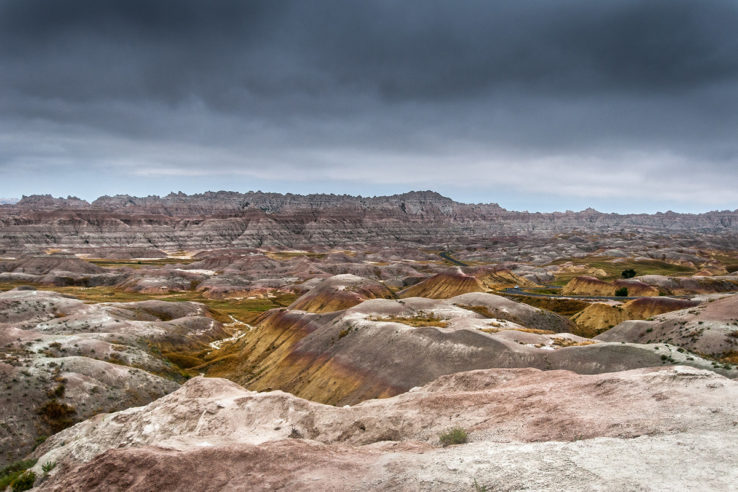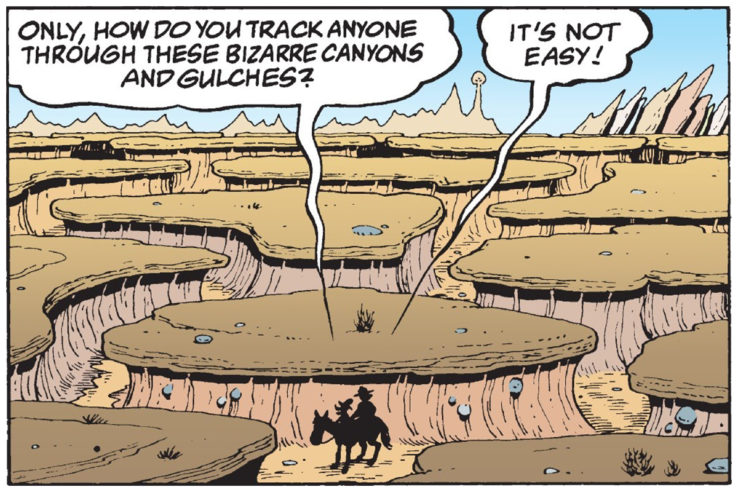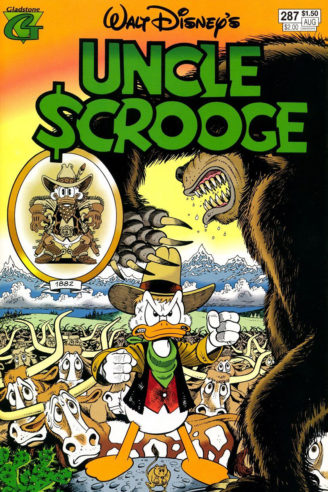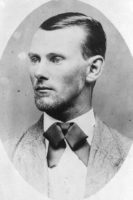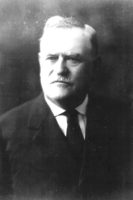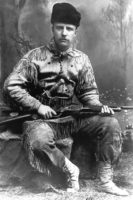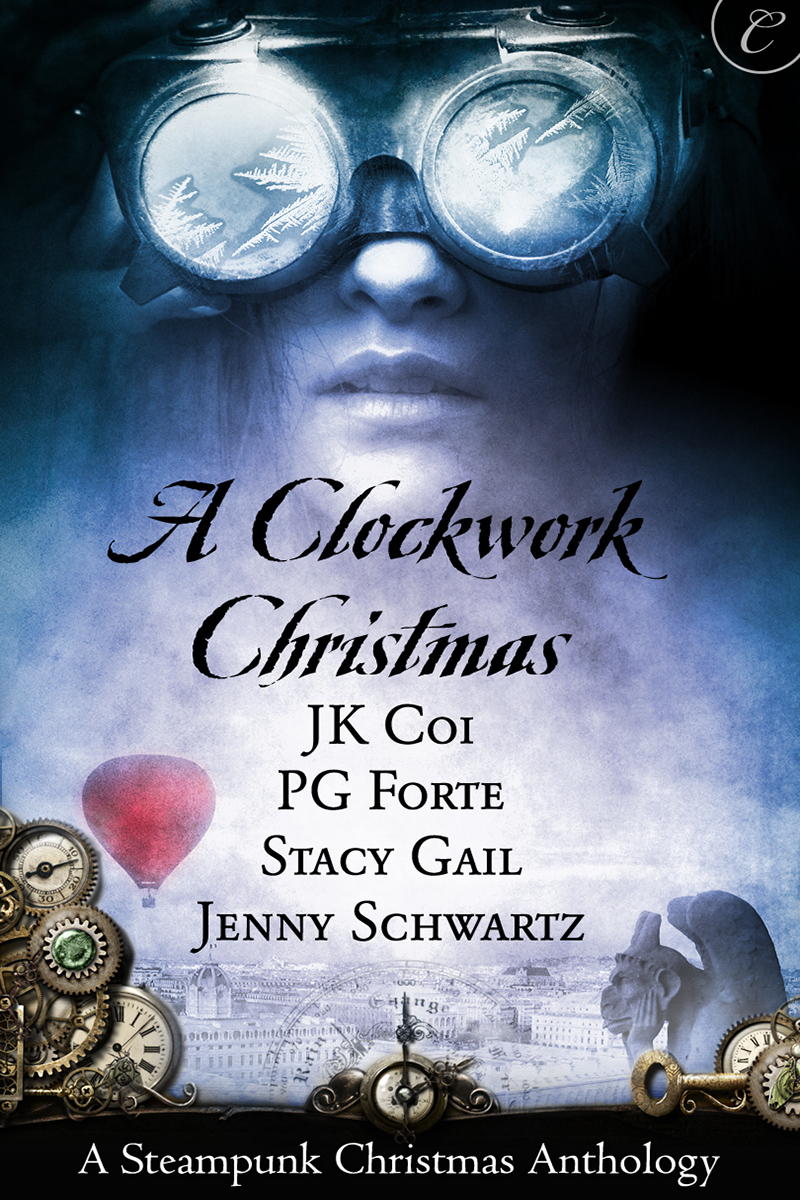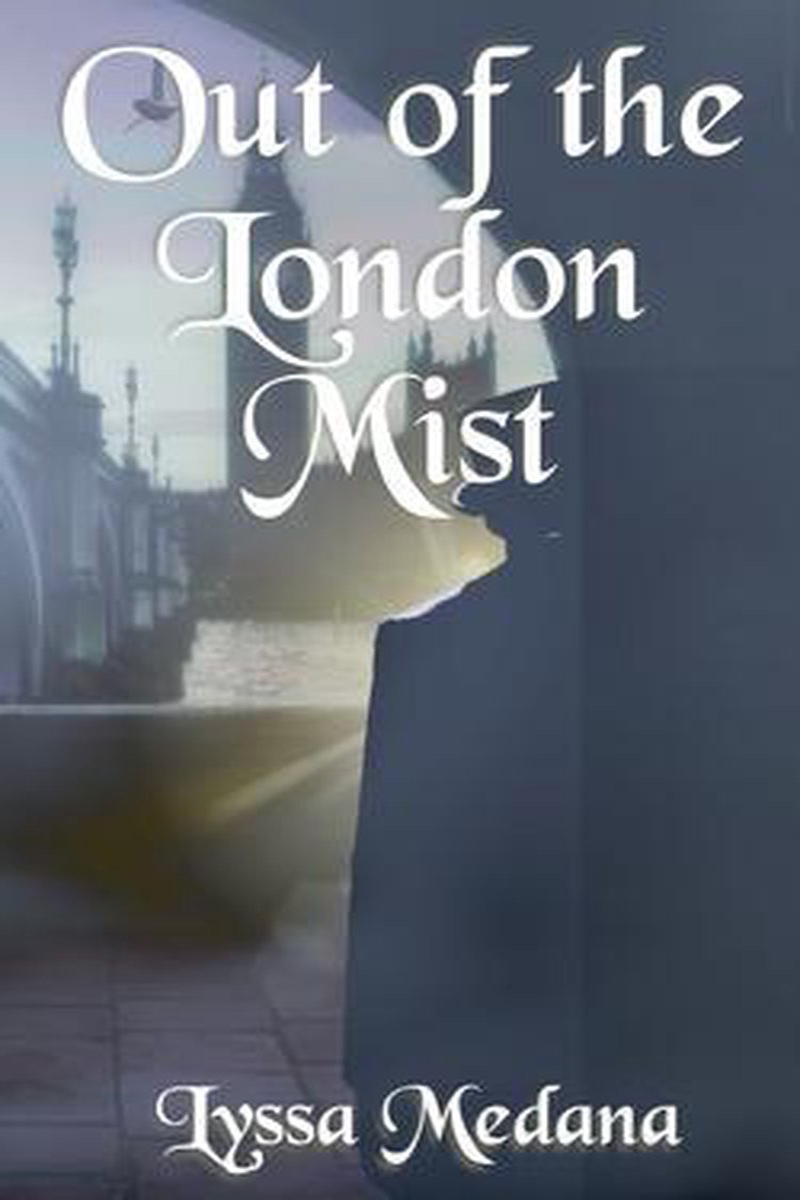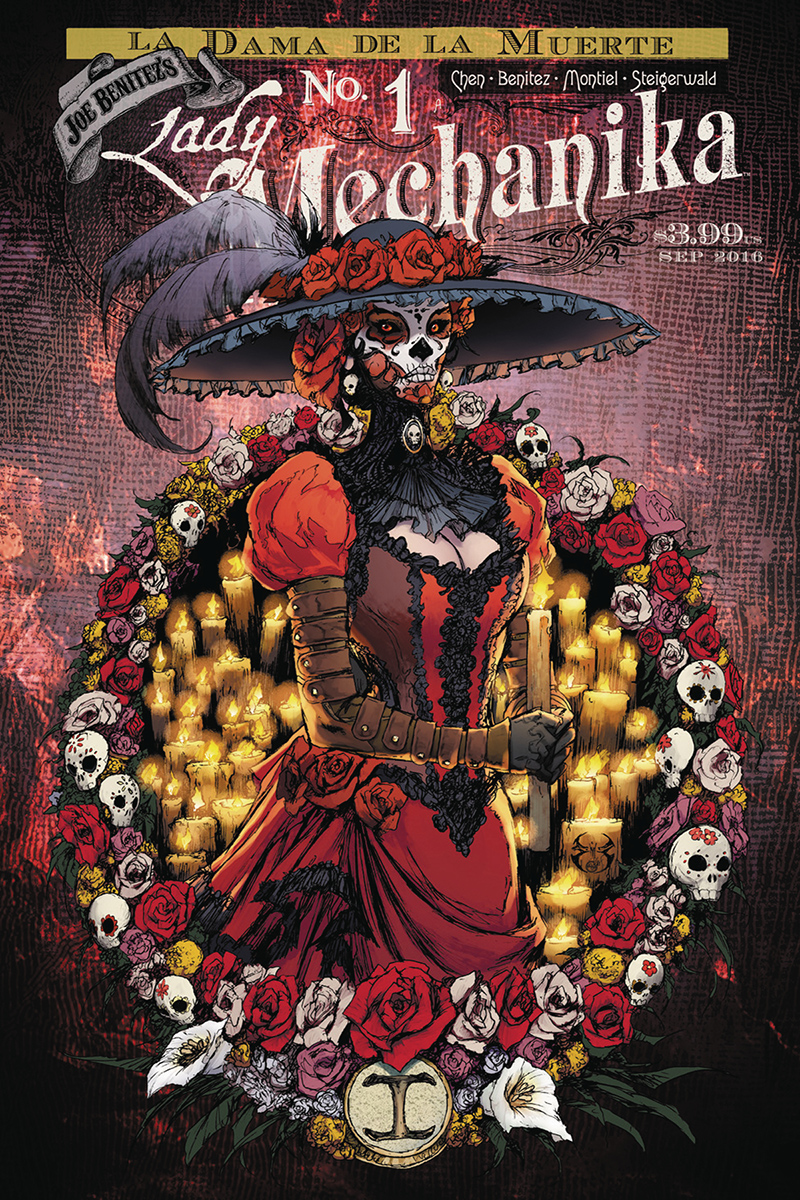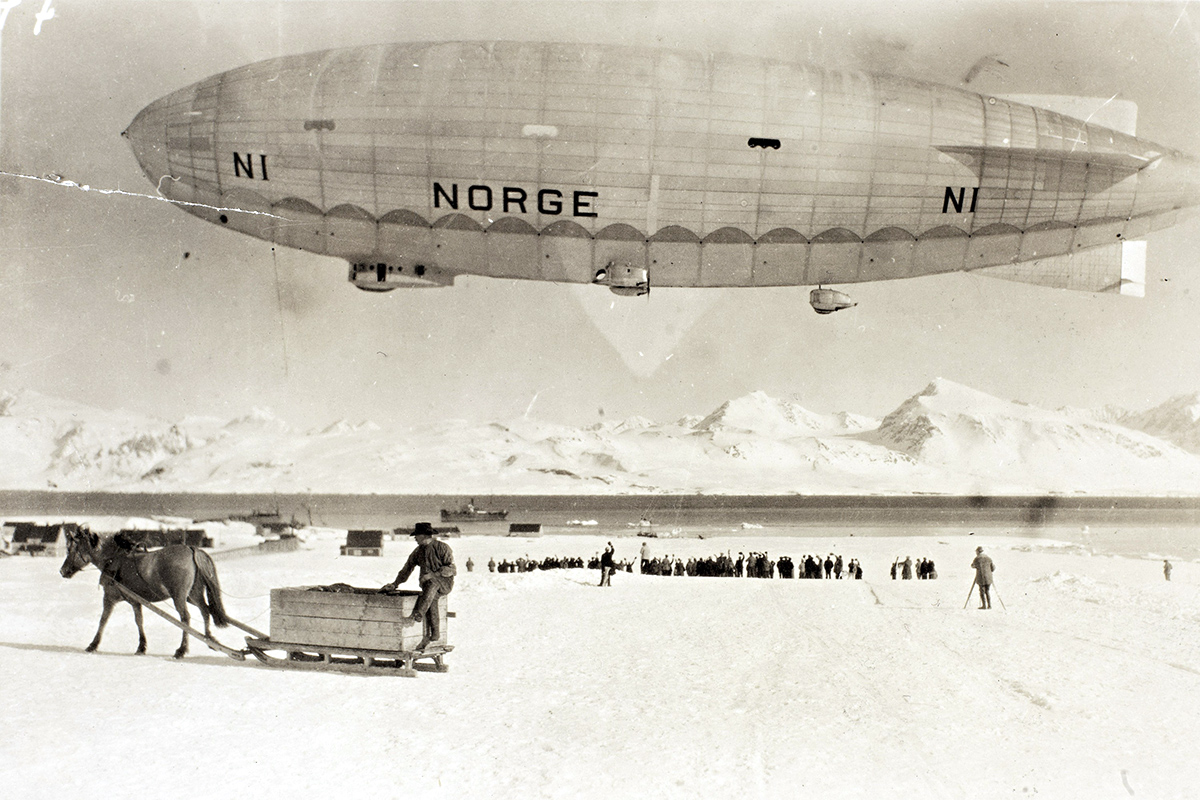Much like he entered the steamboat business at the dawn of the railway era in The Master of the Mississippi (annotations here), Scrooge seeks his fortune in the American West when it was scarcely “Wild” anymore in The Buckaroo of the Badlands (1992). At age 15, Scrooge is employed by Murdo MacKenzie, the Scottish-born Montana cattle baron, and meets the later president Theodore Roosevelt (although he doesn’t know it yet).
Keno Don Rosa skillfully integrates the tidbits about Scrooge’s cowboy days Carl Barks had revealed over the years, starting with “Only a Poor Old Man,” published in the very first issue of Uncle Scrooge (1952), in which the then richest duck in the world tells Huey, Dewey and Louie he made his fortune “on the seas, and in the mines, and in the cattle wars of the old frontier.”
In the same story, Scrooge boasts he “gummed up the James Gang and outfoxed the Daltons.” Rosa would save the Daltons for another tale, but Jesse James and his brother, Frank, appear in the opening pages of The Buckaroo of the Badlands, where they try, and fail, to rob Scrooge of his family heirlooms.
The James Brothers really did rob trains in addition to stagecoaches and banks, but Rosa had to change history a little to make the chronology work. Escaping Scrooge’s wrath, Jesse proposes to retire to Missouri. In reality, the brothers had sought refuge there a year earlier, in 1881. Jesse was betrayed and killed by a member of his gang the following year. Frank lived until 1915.
Although neither Jesse nor Frank ever shared their plunder with the poor, the former became something of a Robin Hood in the American imagination of the late nineteenth century. He is referenced in many songs and a character in some thirty movies, the most recent one being The Assassination of Jesse James by the Coward Robert Ford (2007), in which Jesse is played by Brad Pitt and his assassin, Robert Ford, by Casey Affleck.
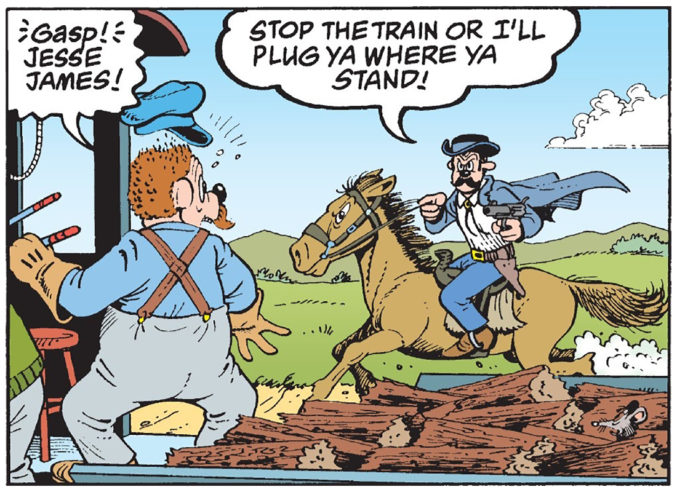
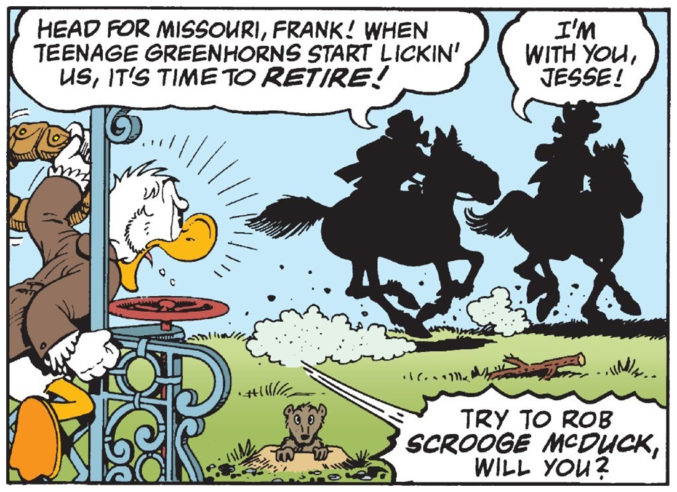
The opening sequence in the train also contains one of Rosa’s biggest gaffes.
At the request of the Norwegian Donald Duck editor, Rosa had included a reference to Barks’ famous “square eggs” story, “Lost in the Andres.” In the European edition, the old man Scrooge meets on the train is the very professor from Birmingham, Alabama who had discovered the Valley of Plain Awful: Rhutt Betlah, a Barks wordplay on the character of Rhett Butler from Margaret Mitchell’s Gone with the Wind (played by Clark Gable in the movie). However, in “Lost in the Andres”, the Old Vicuna Hunter tells Donald and the kids Betlah had died in Plain Awful!
In the American version, Rosa changed the character into someone who had bought the eggs from a “padre in Cuzco” the Hunter told of selling the dead professor’s eggs to. That still left another problem: in Barks’ story, Huey, Dewey and Louie discover the square chickens. Before them, the inhabitants of Plain Awful had only ever seen the eggs. How could the man Scrooge meets decades earlier have known about the chickens?
Although it’s probably a fair assumption that if square eggs exist, so must square chickens.
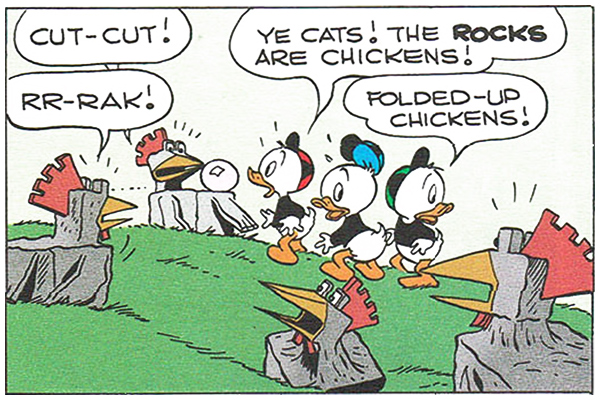
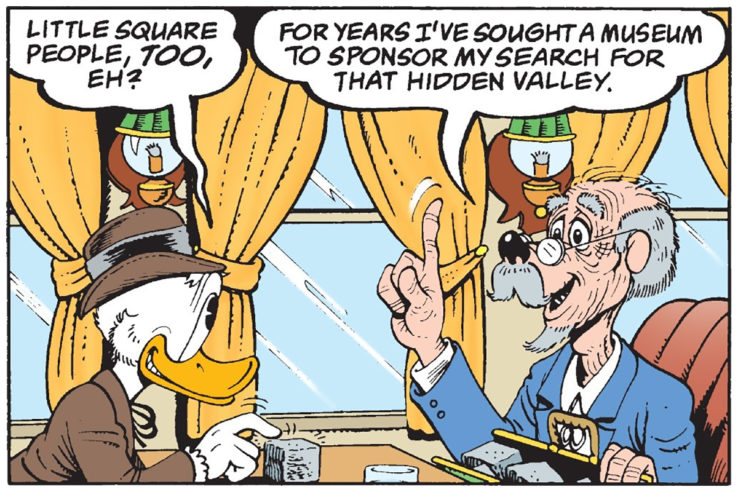
The story’s other villains, the McVipers, did not exist but were invented by Barks for “The Cattle King,” first published in Uncle Scrooge 69 (May 1967). Members of the same family will attempt to steal from Scrooge again in Chapter 11 of Rosa’s biography, The Empire-Builder from Calisota (1994). In The Buckaroo of the Badlands, two McViper brothers steal the prized Angus bull MacKenzie hired Scrooge to guard.
Angus bull were bred in Scotland in the early 1800s and introduced in America in 1873. Not by MacKenzie, but by another Scottish cattle baron named George Grant. He crossed the bulls with native Texas longhorn cows, producing a large number of hornless black calves that survived well on the winter range.
At the time of Scrooge’s Montana adventure (1882-83), they would still have been fairly rare — but not for long. Some 1,200 cattle were imported from Scotland between 1878 and 1883. During the remainder of the century, their early owners helped start other herds by breeding, showing and selling their registered stock. Angus beef became the most popular beef in America, and still is.
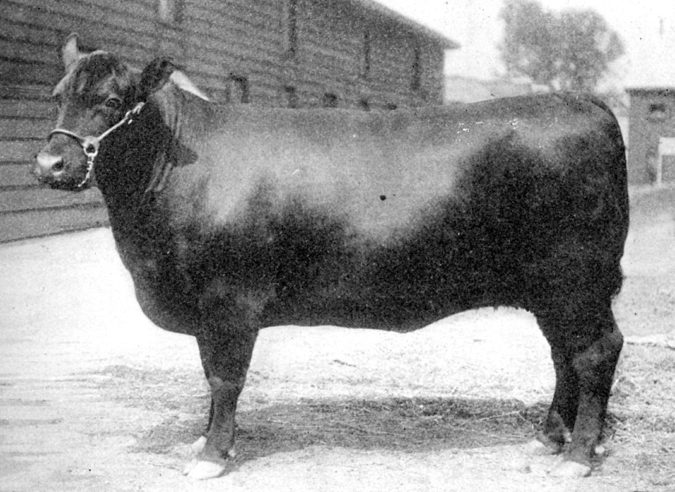
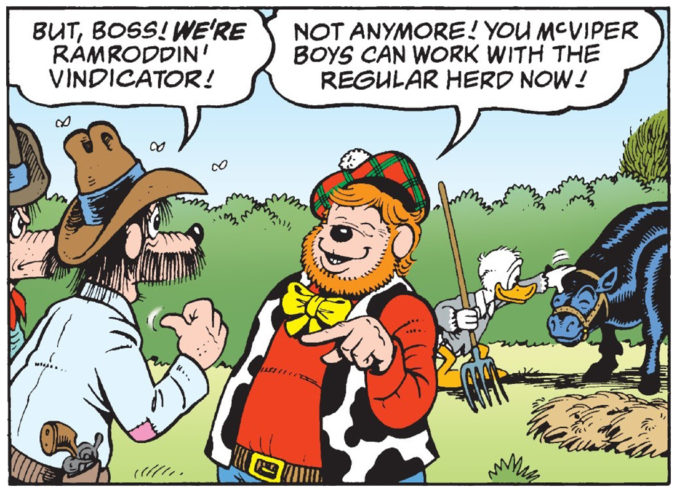
The real Murdo MacKenzie worked as a lawyer and banker in Scotland before he moved his family to America in 1885 to manage the Prairie Land and Cattle Company in Trinidad, Colorado. Which means he would have missed Scrooge by just a few years.
The cattle business was tough. Thievery was common. Many ranchers were strapped for cash. A severe winter in 1886-87 wiped out many stocks. Disputes were often settled by gunfire.
MacKenzie refused to carry a gun, insisting that, “A man who carries a gun is no man.” It was this gunless grit that earned him the position of mayor of Trinidad in 1891.
By then, MacKenzie had left the Prairie Cattle Company to become general manager of the new Matador Land and Cattle Company out of Texas. He revolutionized their stock of longhorns through a careful process of breeding upward and represented cattlemen in talks with newly-elected President Theodore Roosevelt about regulating railway fees, which were cutting into their profits. The two became lifelong friends. Roosevelt called MacKenzie “the most influential cattleman in America” and appointed him to the National Conservation Commission in 1908.
ScotClans has more about MacKenzie and his times.
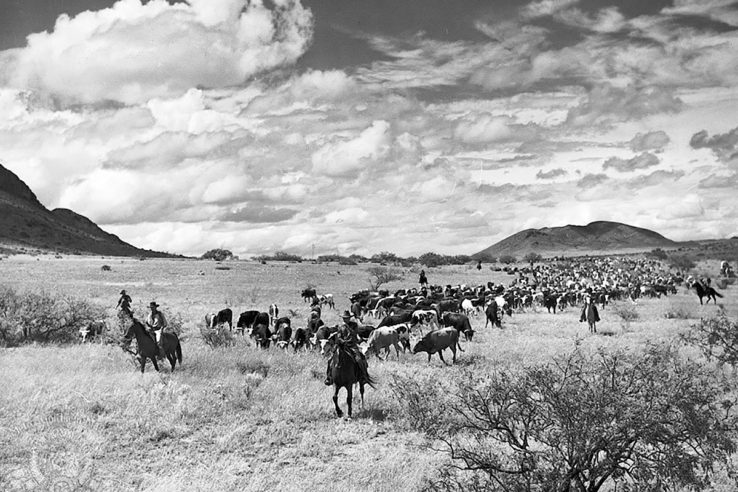
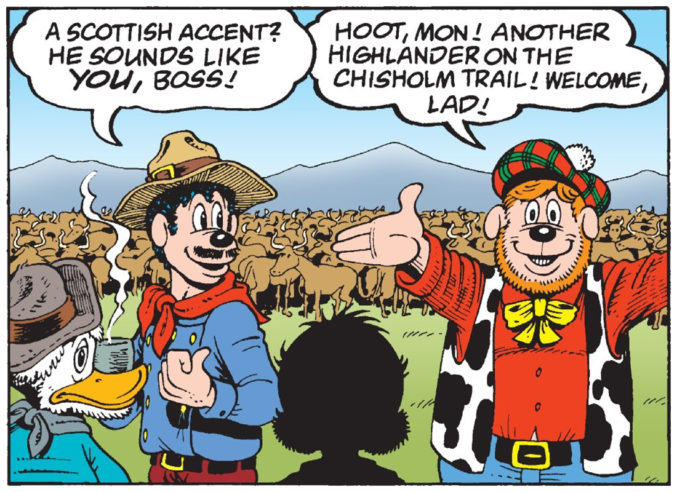
The cattle trails also existed. They were used by Texas ranchers to drive longhorns to railheads in Kansas and Missouri, from where they could be transported east, or to stock open-range ranches in the Dakotas, Montana, Wyoming and Canada.
Traffic along the trail declined in the mid-1880s, hemmed in by barbed wire fences and legislation calling for a quarantine of Texas cattle as a result of the “Texas Fever”, a disease spread by a parasitic tick. By the following decade, railroads had expanded to cover most of North America and meat packing plants were built closer to major ranching areas, making long cattle drives unnecessary.
Estimates are that up to 27 million cattle had been moved along the trails by then. Cattle drives and cowboys became iconic images of the American West, inspiring the musical Oklahoma!, with lyrics by Oscar Hammerstein II, the 1948 movie Red River, starring John Wayne, and the Marlboro Man, conceived by advertising pioneer Leo Burnett.
Legend of America has more about life on the trail.
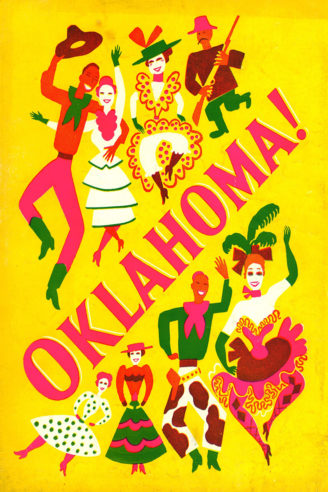
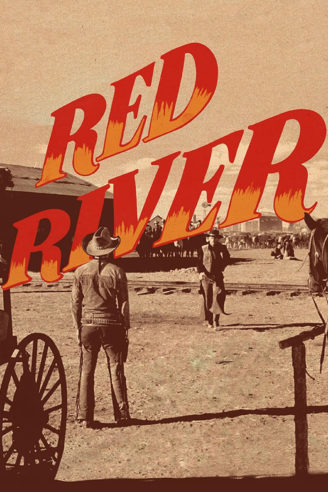
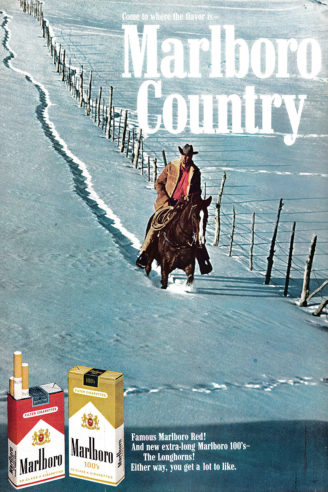
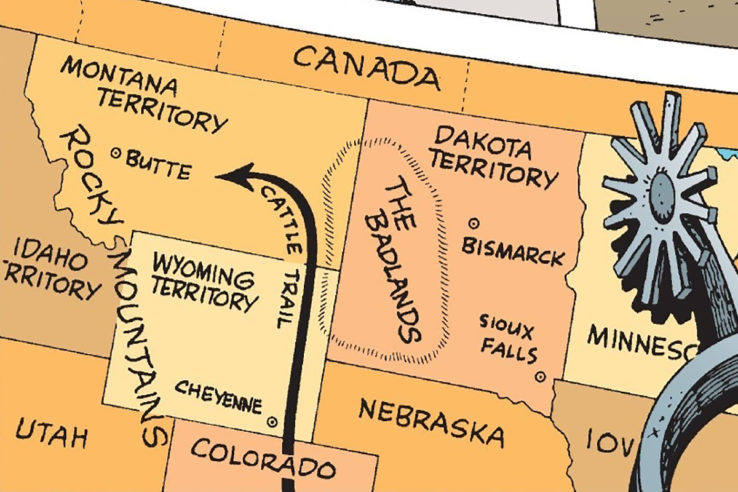
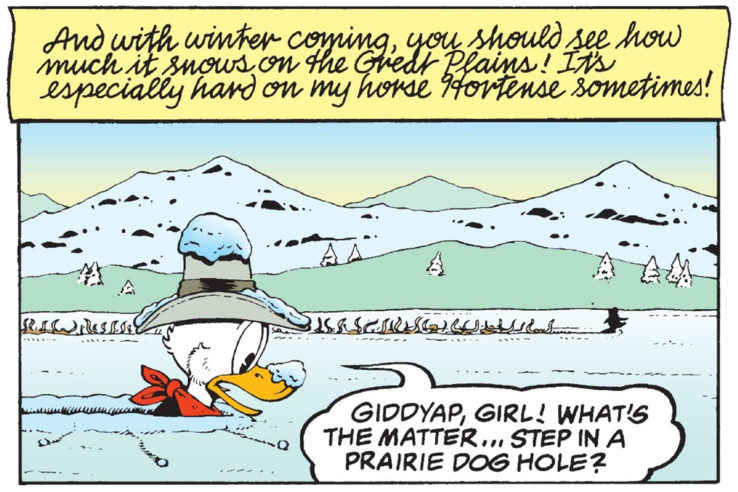
Being able to include Teddy Roosevelt in the story was a treat for Rosa, who writes in behind-the-scenes notes for Volume 4 of Uncle Scrooge and Donald Duck: The Don Rosa Library (2015):
Scrooge at this point in his life is still far from the Scrooge we know. He still lacks confidence and knowledge, and as I researched the history of the Montana-Dakota Territories in the 1880s, I immediately found that one of my own personal heroes of American history was living there at the same time my story would take place!
Roosevelt’s belief in hard work and love of nature made him an ideal mentor for Scrooge. Much of his dialogue is quoted and paraphrased from the later president’s books and speeches. Even the outfit he wears in the comic is based on one he actually wore: the Badlands hunter suit in which he posed for a photo in New York in 1885.
After serving for two years in the New York State Assembly from 1882 to 1884, Roosevelt, having lost his wife that year to kidney failure, trekked west. He built a ranch in North Dakota and wrote various articles and three books about life on the frontier. He married his second wife in 1886 and returned east permanently the following year after the harsh winter had wiped out his herd and investment, like those of so many other ranchers.
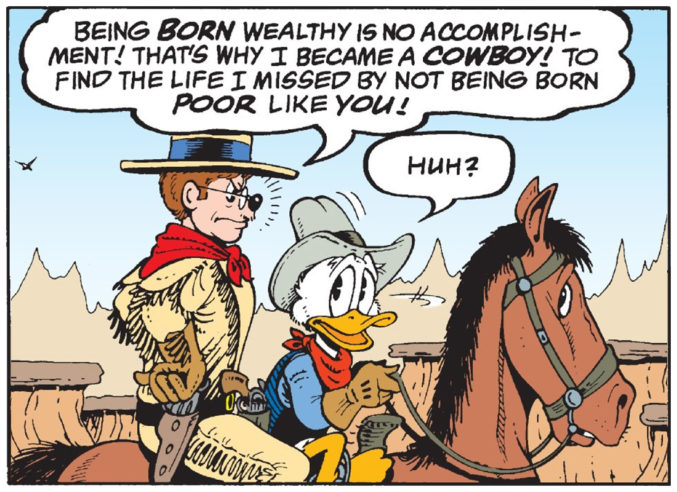
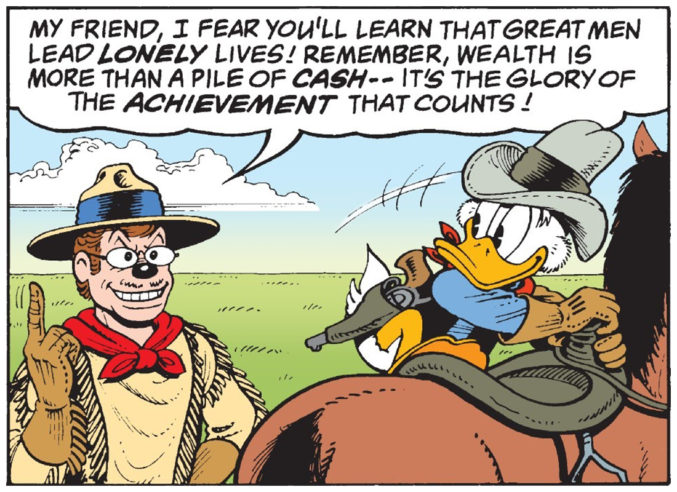
The Badlands, stretching for hundreds of miles across eastern Montana and the western halves of North and South Dakota, haven’t changed much since Roosevelt explored them in the 1880s. The Native American Lakota were the first to call the area “land bad”. French-Canadian fur trappers knew it as “bad lands to travel through.” In the late nineteenth century, the Lakota were forced off their lands to make way for homesteaders. Clashes culminated in the 1890 Wounded Knee Massacre, in which hundreds of Native Americans were killed.
The badlands today are largely protected as part of National Parks, one of which is named after Roosevelt.
Rosa took some artistic license in portraying the landscape. Although all the elements are drawn from life, he merged various formations from across the vast Badlands into a single vista.
